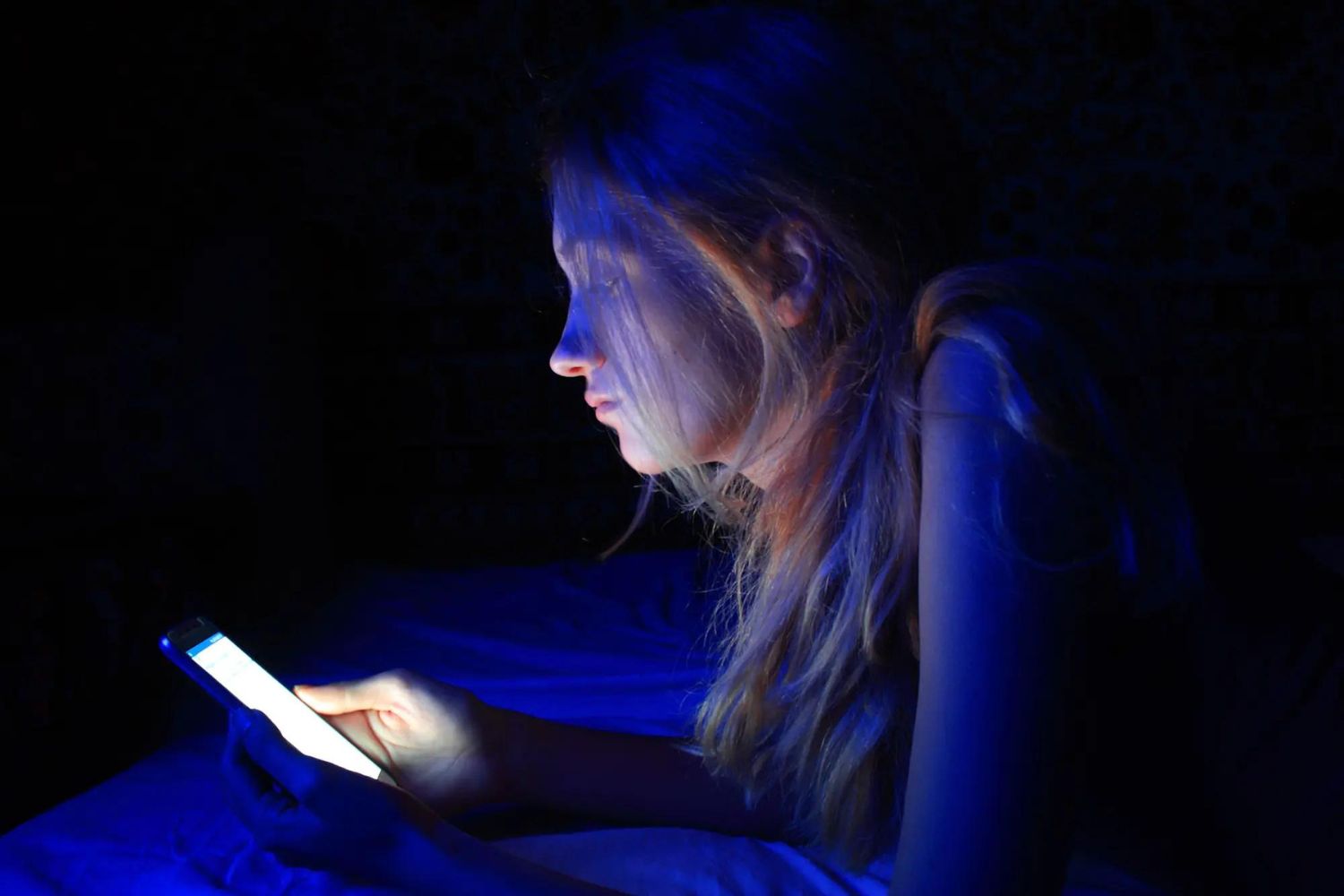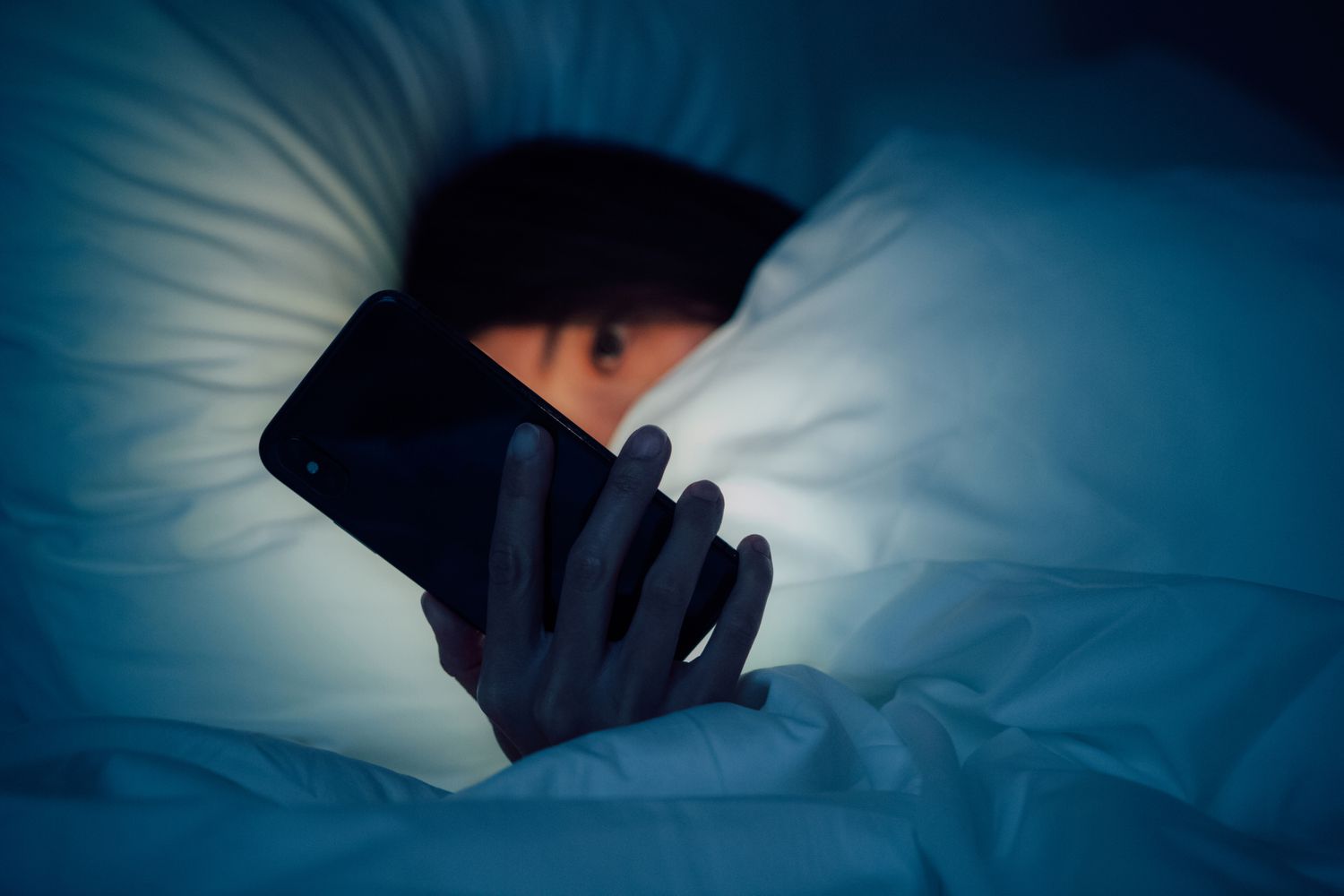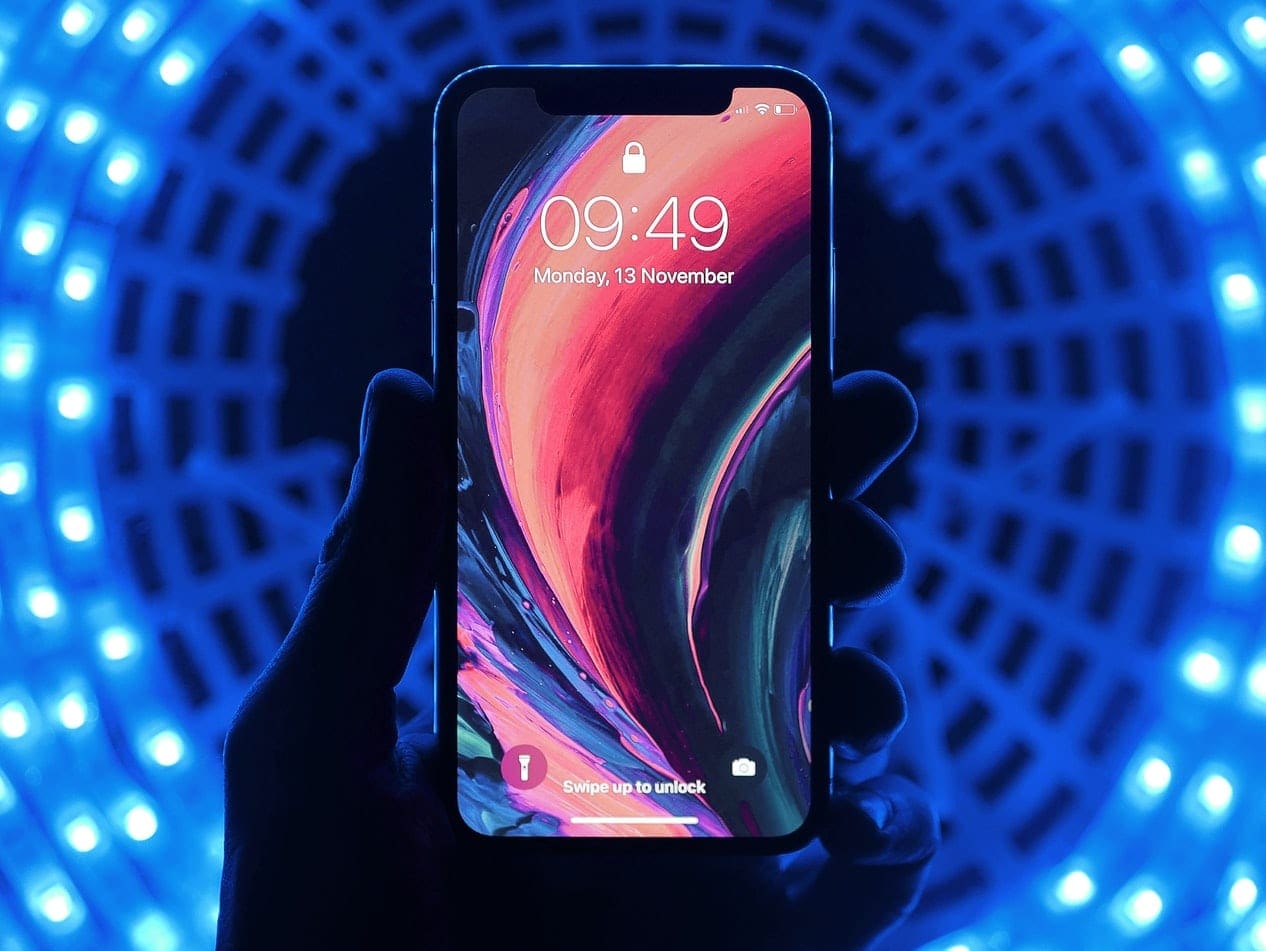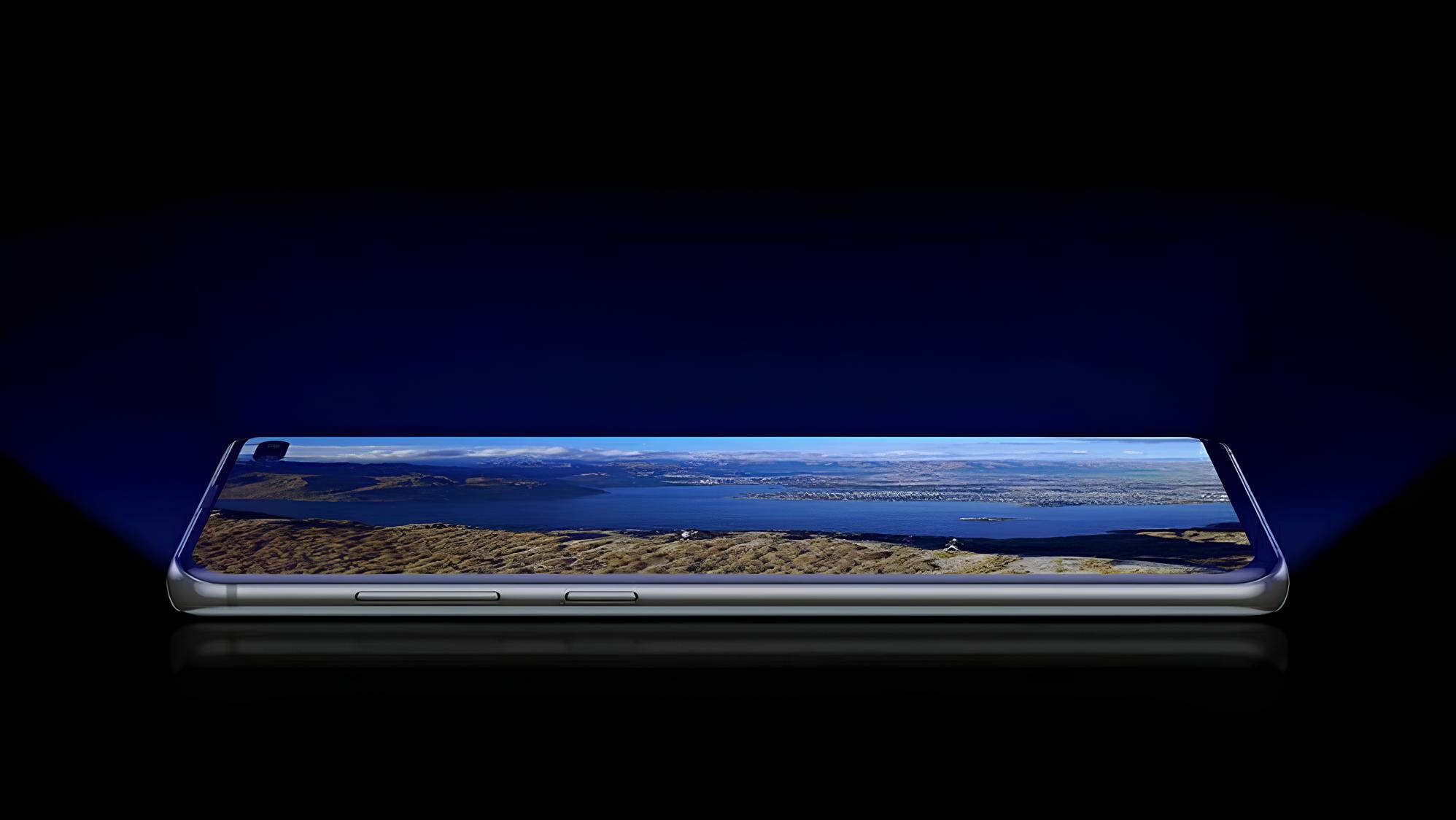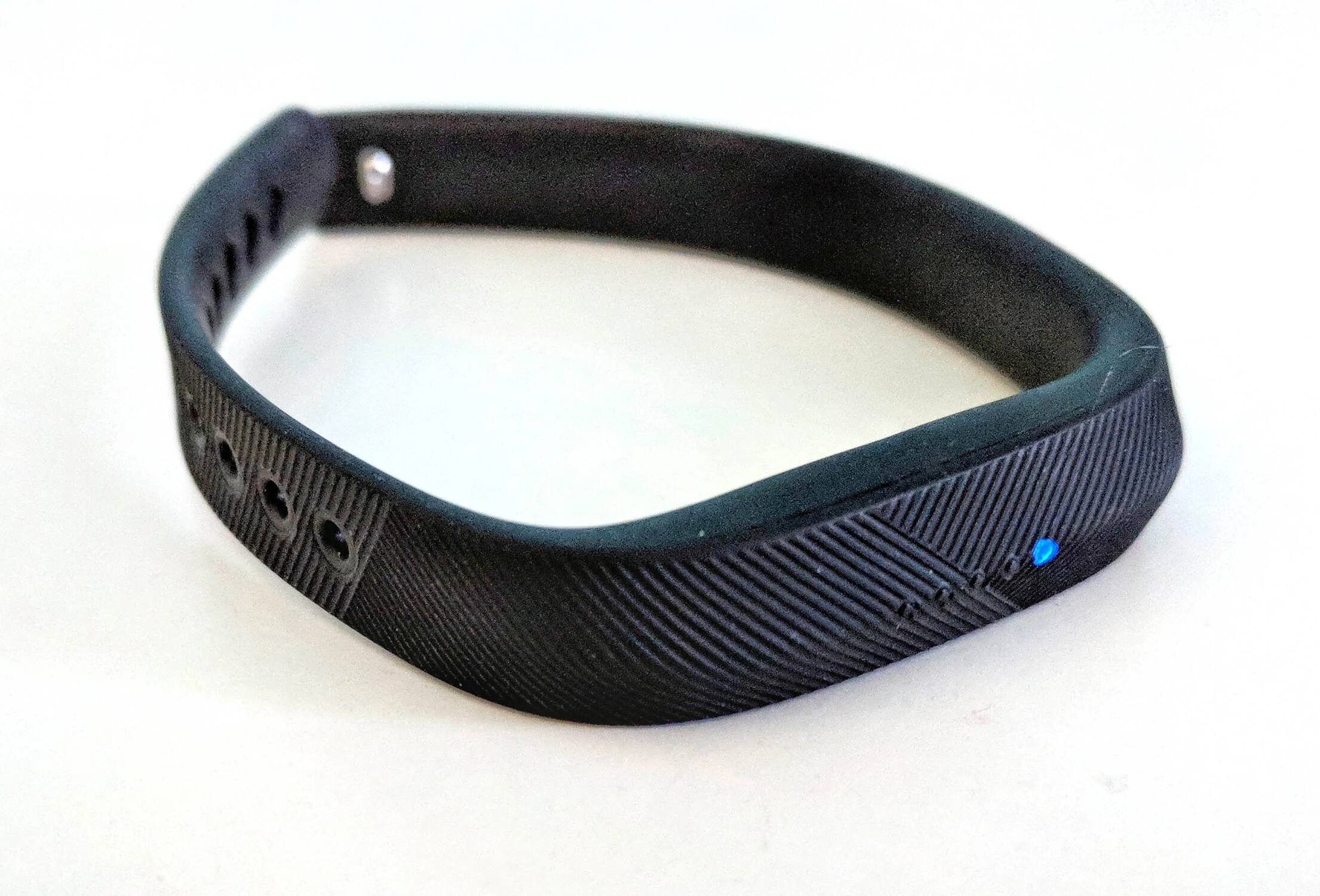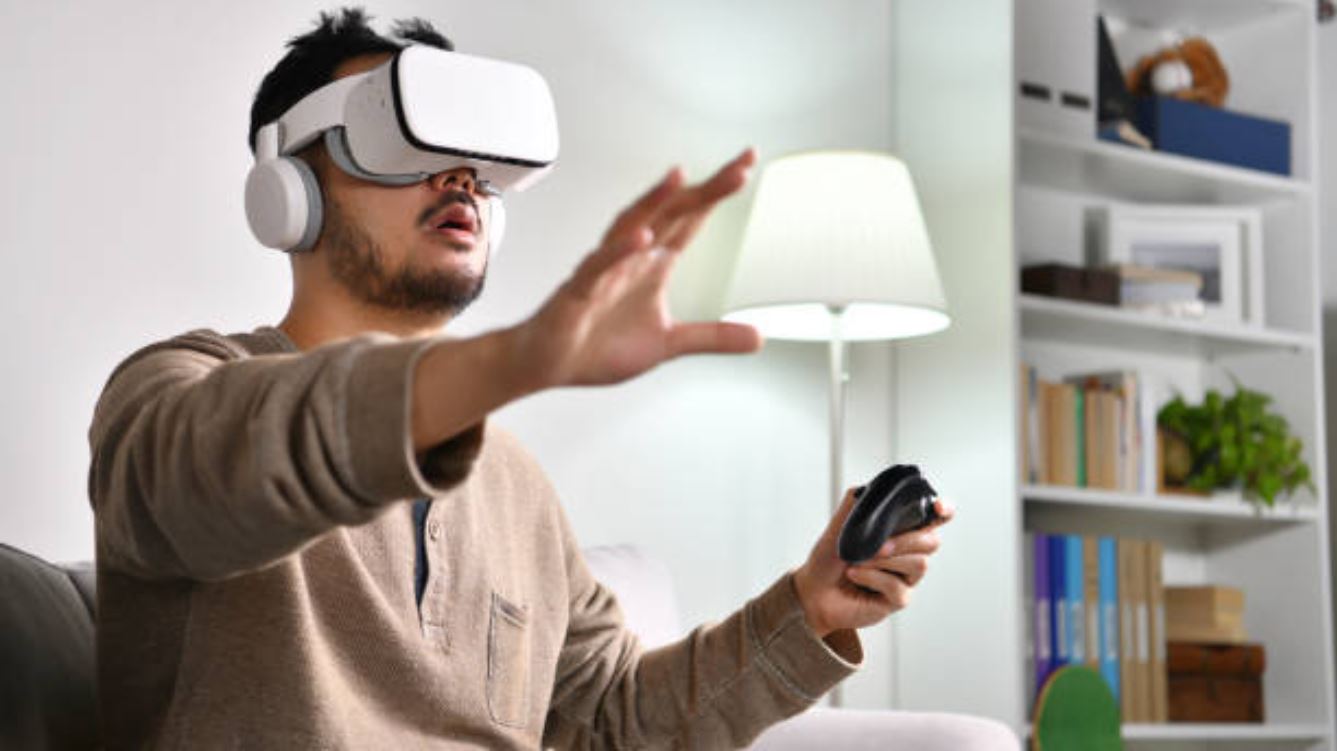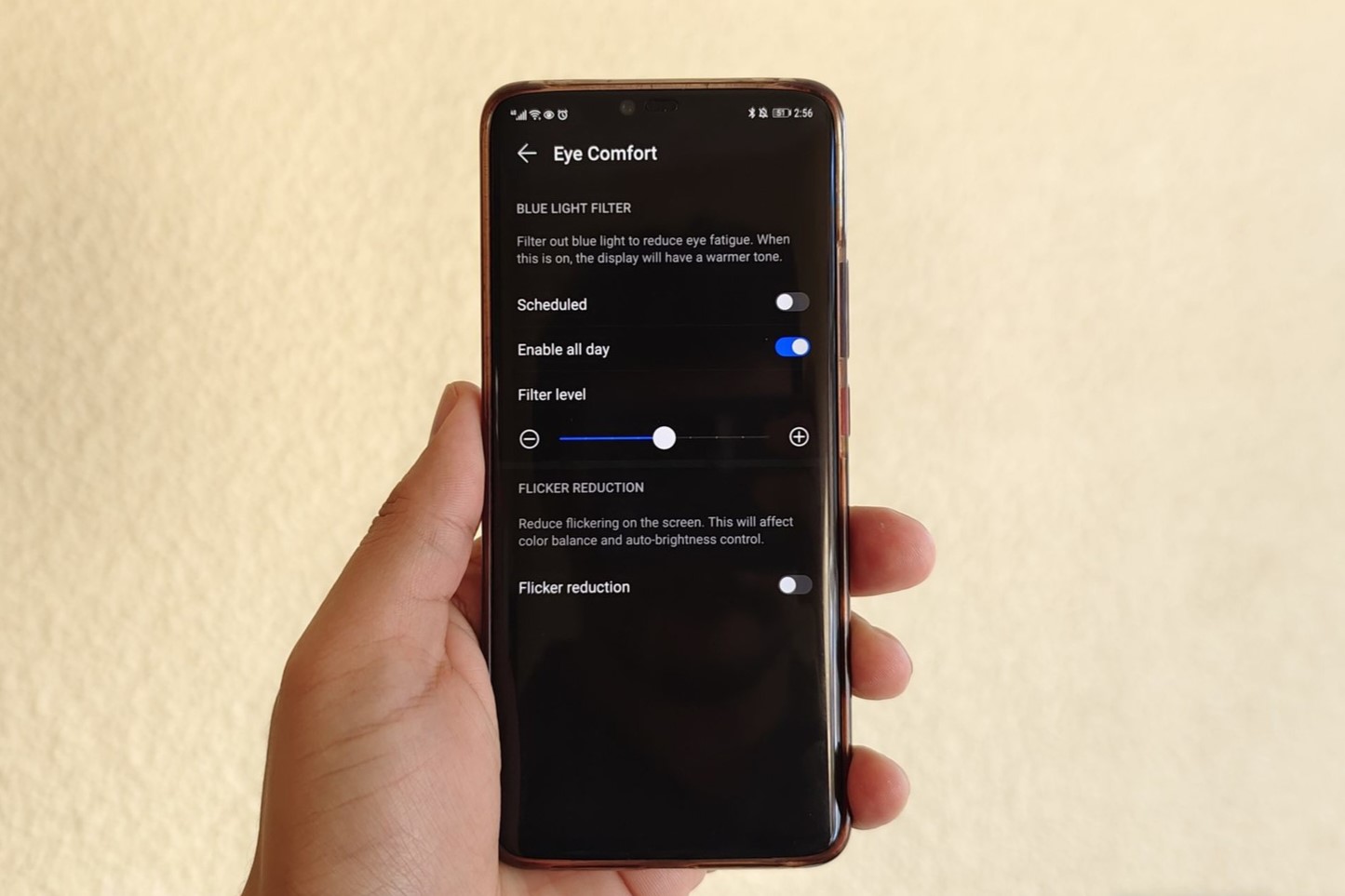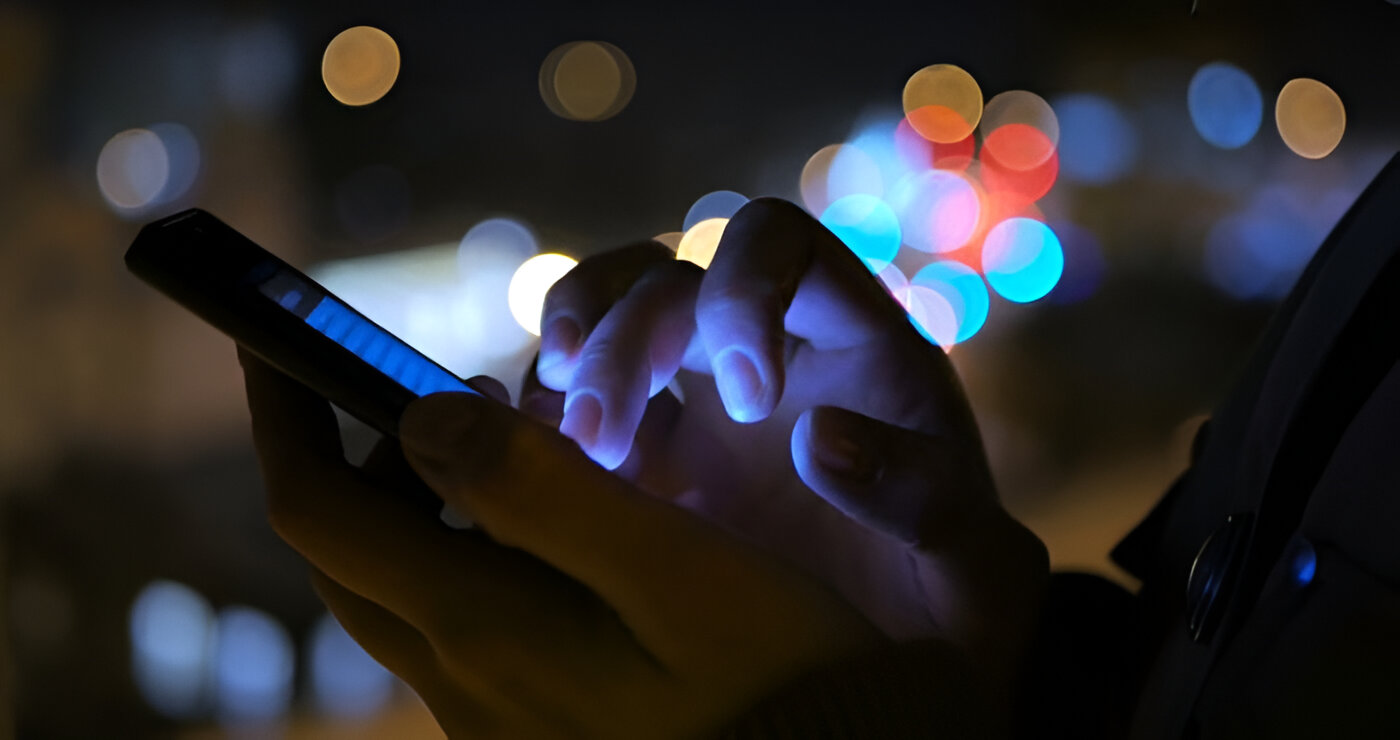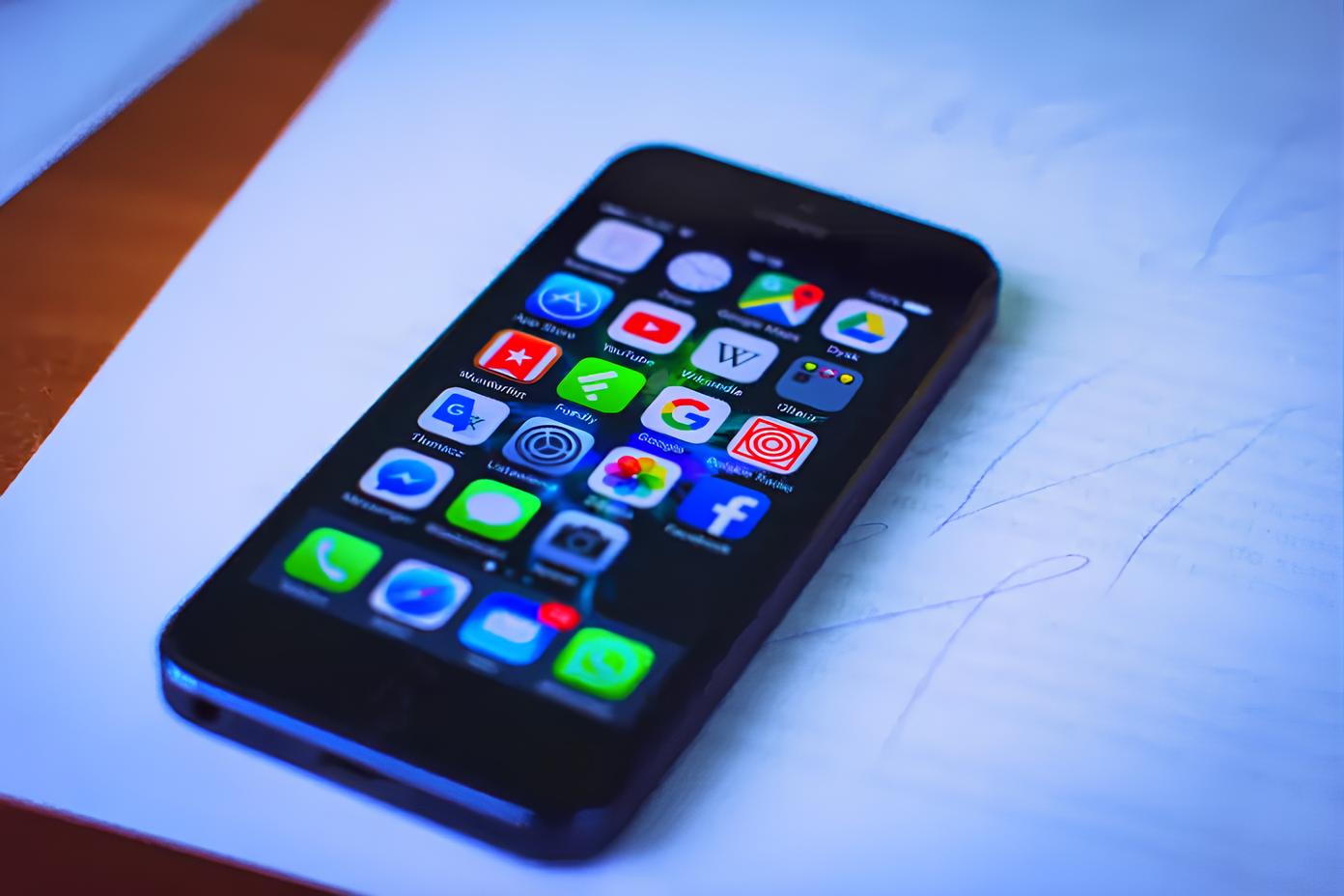Introduction
Smartphones have become an integral part of our daily lives, serving as our go-to device for communication, entertainment, productivity, and much more. With their sleek screens and advanced technology, smartphones offer unparalleled convenience and connectivity. However, as we immerse ourselves in the digital world through these devices, it's crucial to understand the potential effects they may have on our well-being.
In recent years, the discussion surrounding the impact of blue light emitted by smartphones has gained significant attention. This phenomenon has sparked conversations among health professionals, tech enthusiasts, and everyday users. Understanding the significance of blue light on phones is essential for making informed decisions about our smartphone usage and its potential implications on our health.
As we delve into this topic, we'll explore the nature of blue light, its potential effects on our health, and the specific implications of blue light emission from smartphones. Additionally, we'll discuss practical strategies for minimizing blue light exposure while using smartphones, empowering users to make conscious choices that align with their well-being.
By gaining insights into the role of blue light in the smartphone landscape, we can equip ourselves with the knowledge needed to strike a balance between leveraging the benefits of these devices and safeguarding our health. Let's embark on this exploration to unravel the significance of blue light on smartphones and its impact on our daily lives.
What is Blue Light?
Blue light is a high-energy, short-wavelength light on the visible light spectrum, with a frequency range of approximately 400 to 500 nanometers. This type of light is pervasive in our environment, originating from various sources such as the sun, digital screens, LED lighting, and fluorescent bulbs. In natural settings, exposure to blue light during daylight hours plays a crucial role in regulating our circadian rhythm, which governs our sleep-wake cycle and overall physiological processes.
From a scientific standpoint, blue light is known to have both positive and negative effects. During the day, exposure to natural blue light can enhance mood, alertness, and cognitive function. It also helps regulate our internal body clock, ensuring that we remain synchronized with the natural day-night cycle. However, prolonged or excessive exposure to artificial sources of blue light, such as digital devices like smartphones, can lead to potential health concerns.
In the context of electronic devices, including smartphones, blue light is emitted by the display screens as part of the illumination process. This emission is a natural byproduct of the technology used in modern screens, which often rely on LED backlighting. When we engage with our smartphones, whether for browsing, gaming, or reading, we are exposed to this artificial blue light.
The pervasive nature of smartphone usage in today's society has raised concerns about the implications of prolonged blue light exposure on our visual and overall health. Research suggests that excessive exposure to blue light, especially during evening hours, can disrupt our circadian rhythm, leading to sleep disturbances and potential long-term effects on overall health.
Understanding the nature of blue light is integral to comprehending its impact on our well-being, particularly in the context of smartphone usage. As we continue to integrate these devices into our daily routines, it becomes increasingly important to explore strategies for mitigating the potential adverse effects of blue light exposure while maximizing the benefits of technological advancements.
In the subsequent sections, we will delve deeper into the specific implications of blue light emitted by smartphones and explore practical measures for reducing blue light exposure without compromising the usability and functionality of these devices. By gaining a comprehensive understanding of blue light and its role in the smartphone landscape, we can make informed decisions to promote a balanced approach to technology usage and well-being.
The Impact of Blue Light on Health
Prolonged exposure to blue light, particularly from digital devices like smartphones, has raised concerns regarding its potential impact on our health. Research suggests that excessive exposure to artificial blue light, especially during evening hours, can disrupt our circadian rhythm, leading to sleep disturbances and potential long-term effects on overall health. The circadian rhythm, often referred to as the body's internal clock, regulates various physiological processes, including the sleep-wake cycle, hormone production, and metabolism. When exposed to blue light, especially in the evening, the body's production of melatonin, a hormone that regulates sleep, can be suppressed, leading to difficulties in falling asleep and achieving restorative sleep patterns.
Moreover, prolonged exposure to blue light from smartphones and other digital screens has been associated with digital eye strain, also known as computer vision syndrome. This condition encompasses a range of symptoms, including eyestrain, headaches, blurred vision, and dry eyes, which can significantly impact an individual's visual comfort and overall well-being. The proximity of smartphone screens to the eyes, coupled with the extended duration of usage, can exacerbate these symptoms, contributing to discomfort and potential long-term visual implications.
Beyond the immediate effects on sleep and visual comfort, ongoing research is exploring the potential long-term implications of excessive blue light exposure on overall health. Some studies have suggested that disrupted circadian rhythms, stemming from irregular exposure to blue light, may be linked to an increased risk of certain health conditions, including obesity, diabetes, cardiovascular disease, and certain types of cancer. While further research is needed to establish conclusive evidence, these findings underscore the importance of understanding the potential impact of blue light on our health and well-being.
As we navigate the digital age, where smartphones have become ubiquitous companions in our daily lives, it is essential to adopt strategies that mitigate the potential adverse effects of blue light exposure. By gaining insights into the impact of blue light on health, individuals can make informed decisions about their smartphone usage and embrace proactive measures to safeguard their well-being. In the subsequent sections, we will explore practical strategies for reducing blue light exposure from smartphones, empowering users to optimize their device usage while prioritizing their health.
The impact of blue light on health extends beyond immediate concerns, encompassing potential implications on sleep, visual comfort, and overall well-being. By acknowledging these effects and exploring proactive measures, individuals can strike a balance between leveraging the benefits of smartphone technology and preserving their health in the digital era.
Blue Light Emission from Smartphones
Smartphones have revolutionized the way we communicate, access information, and engage with digital content. Central to their functionality is the vibrant display screen, which enables users to interact with a myriad of applications, websites, and multimedia. However, behind the captivating visuals lies a crucial aspect that warrants attention: the emission of blue light from smartphone screens.
The illumination process of modern smartphone screens involves the application of LED backlighting, which inherently produces blue light as part of the overall color spectrum. This means that every time we unlock our smartphones, browse social media, or immerse ourselves in a captivating game, we are exposed to the artificial blue light emitted by the display.
The nature of smartphone usage further amplifies the impact of blue light emission. Unlike stationary devices such as desktop computers or televisions, smartphones are often held at close proximity to the eyes, intensifying the exposure to blue light. Additionally, the portability and convenience of smartphones encourage prolonged usage, leading to extended periods of blue light exposure throughout the day and, notably, during evening hours.
The implications of blue light emission from smartphones extend beyond visual perception. As discussed earlier, prolonged exposure to artificial blue light, particularly during evening hours, can disrupt the body's natural circadian rhythm, potentially leading to sleep disturbances and associated health effects. Furthermore, the proximity of smartphone screens to the eyes can contribute to digital eye strain, encompassing a range of discomforting symptoms that impact visual comfort.
Understanding the dynamics of blue light emission from smartphones is pivotal in recognizing the multifaceted impact of these devices on our well-being. It prompts us to consider the inherent balance between leveraging the functionalities of smartphones and mitigating potential adverse effects. By acknowledging the prevalence of blue light emission and its implications, we can explore practical strategies to reduce exposure without compromising the utility and enjoyment derived from smartphone usage.
As we transition to the subsequent section, we will delve into actionable approaches for minimizing blue light exposure from smartphones, empowering users to proactively manage their device usage and prioritize their health in the digital age.
Ways to Reduce Blue Light Exposure from Smartphones
-
Adjust Display Settings: Most smartphones offer built-in features that allow users to adjust the display settings to reduce blue light emission. This includes options such as "Night Shift" on iOS devices and "Night Mode" or "Blue Light Filter" on Android devices. These settings enable the screen to emit warmer tones by reducing the intensity of blue light, particularly during evening hours. By activating these features, users can mitigate the impact of blue light on their circadian rhythm and visual comfort without compromising the overall usability of their smartphones.
-
Utilize Third-Party Apps: In addition to built-in display settings, users can explore a variety of third-party apps designed to minimize blue light exposure from smartphones. These apps offer customizable features, allowing users to schedule automatic adjustments based on their preferred time frames. By leveraging these apps, individuals can tailor their blue light reduction settings to align with their daily routines and optimize their smartphone usage while prioritizing their health.
-
Invest in Blue Light Blocking Accessories: For users seeking a physical solution to reduce blue light exposure, blue light blocking accessories such as screen protectors and glasses are available. These accessories are designed to filter out a portion of the blue light emitted by smartphone screens, providing an additional layer of protection for the eyes. By incorporating these accessories into their smartphone usage, individuals can minimize direct blue light exposure and alleviate potential visual discomfort associated with prolonged screen time.
-
Practice Screen Time Management: Establishing mindful screen time habits can significantly contribute to reducing blue light exposure from smartphones. By consciously limiting the duration of smartphone usage, especially during evening hours, individuals can mitigate the effects of prolonged blue light exposure on their circadian rhythm and sleep quality. Setting boundaries and incorporating screen-free periods into daily routines can promote a healthier balance between smartphone usage and overall well-being.
-
Opt for Ambient Lighting: When using smartphones, particularly in low-light environments, the surrounding lighting conditions play a crucial role in mitigating the impact of blue light. Opting for ambient lighting, such as soft, warm-toned lamps, can complement smartphone usage by reducing the contrast between the screen's blue light emission and the surrounding environment. This harmonious lighting environment can contribute to a more comfortable visual experience while minimizing the strain induced by excessive blue light exposure.
By implementing these practical strategies, individuals can proactively reduce their exposure to blue light from smartphones, fostering a healthier relationship with technology while safeguarding their well-being. These measures empower users to strike a balance between leveraging the functionalities of smartphones and prioritizing their health in the digital era.
Conclusion
In conclusion, the significance of blue light emission from smartphones encompasses a multifaceted impact on our health and well-being. As we navigate the digital landscape, where smartphones have become integral to our daily routines, it is essential to recognize the implications of prolonged exposure to artificial blue light. By understanding the potential effects on sleep, visual comfort, and overall health, individuals can make informed decisions about their smartphone usage and adopt proactive measures to mitigate the adverse effects of blue light.
The exploration of blue light and its role in the smartphone landscape has shed light on actionable strategies for reducing blue light exposure without compromising the functionality and enjoyment derived from these devices. Through the adjustment of display settings, utilization of third-party apps, investment in blue light blocking accessories, implementation of screen time management practices, and consideration of ambient lighting, users can proactively manage their smartphone usage to prioritize their health.
Furthermore, the integration of these strategies can contribute to a balanced approach to technology usage, empowering individuals to optimize their interactions with smartphones while safeguarding their well-being. By acknowledging the prevalence of blue light emission and its potential implications, users can embark on a journey towards a harmonious coexistence with technology, where the benefits of smartphone usage are maximized, and the potential adverse effects of blue light exposure are minimized.
As technological advancements continue to shape our daily experiences, the proactive management of blue light exposure from smartphones serves as a testament to the harmonious integration of innovation and well-being. By embracing a holistic approach to smartphone usage, individuals can cultivate a digital environment that aligns with their health priorities, fostering a balanced and sustainable relationship with technology.
In essence, the understanding of blue light and its impact on smartphones empowers users to navigate the digital landscape with mindfulness and informed decision-making. By implementing practical strategies to reduce blue light exposure, individuals can embrace the transformative potential of smartphone technology while prioritizing their health in an increasingly interconnected world.







